I usually create a seperate styling project, which I reference from the projects, which I want to style. The styling project has a fixed structure like this:

For every control, I create a styling ResourceDictionary. For example for my buttons:
<ResourceDictionary xmlns="http://schemas.microsoft.com/winfx/2006/xaml/presentation"
xmlns:x="http://schemas.microsoft.com/winfx/2006/xaml">
<Style x:Key="PrimaryButtonStyle" TargetType="Button">
</Style>
<Style x:Key="ToolbarButton" TargetType="Button">
<Setter Property="BorderThickness" Value="0" />
<Setter Property="Margin" Value="3"/>
<Setter Property="Background" Value="Transparent"></Setter>
</Style>
</ResourceDictionary>
In one main ResourceDictionary, I merge all the other dictionaries, in this case in the file IncaDesign.xaml, which you can see in the picture above:
<ResourceDictionary xmlns="http://schemas.microsoft.com/winfx/2006/xaml/presentation"
xmlns:x="http://schemas.microsoft.com/winfx/2006/xaml"
xmlns:controls="clr-namespace:Commons.Controls;assembly=Commons">
<ResourceDictionary.MergedDictionaries>
<ResourceDictionary Source="Converter/Converter.xaml" />
<ResourceDictionary Source="Styles/Button.xaml" />
<ResourceDictionary Source="BitmapGraphics/Icons.xaml" />
</ResourceDictionary.MergedDictionaries>
<!-- Default Styles -->
<Style TargetType="Button" BasedOn="{StaticResource PrimaryButtonStyle}"></Style>
</ResourceDictionary>
Notice how I defined the default styles, which are applied automatically, unless you specify otherwise. In every window or control, that you want to style, you only need to reference this one ResourceDictionary. Note the definition of the source, which is a reference to the assembly (/Commons.Styling;component...)
<UserControl.Resources>
<ResourceDictionary>
<ResourceDictionary.MergedDictionaries>
<ResourceDictionary Source="/Commons.Styling;component/IncaDesign.xaml" />
</ResourceDictionary.MergedDictionaries>
</ResourceDictionary>
</UserControl.Resources>
Default styles will be set automatically now, and if you want to access a resource explicitly, you can do this, using StaticResource.
<Viewbox Height="16" Width="16" Margin="0,0,10,0">
<ContentControl Content="{StaticResource FileIcon32}" />
</Viewbox>
This is very nice solution in my opinion, which works for very complex solutions, including modular solutions, for example built with PRISM.
